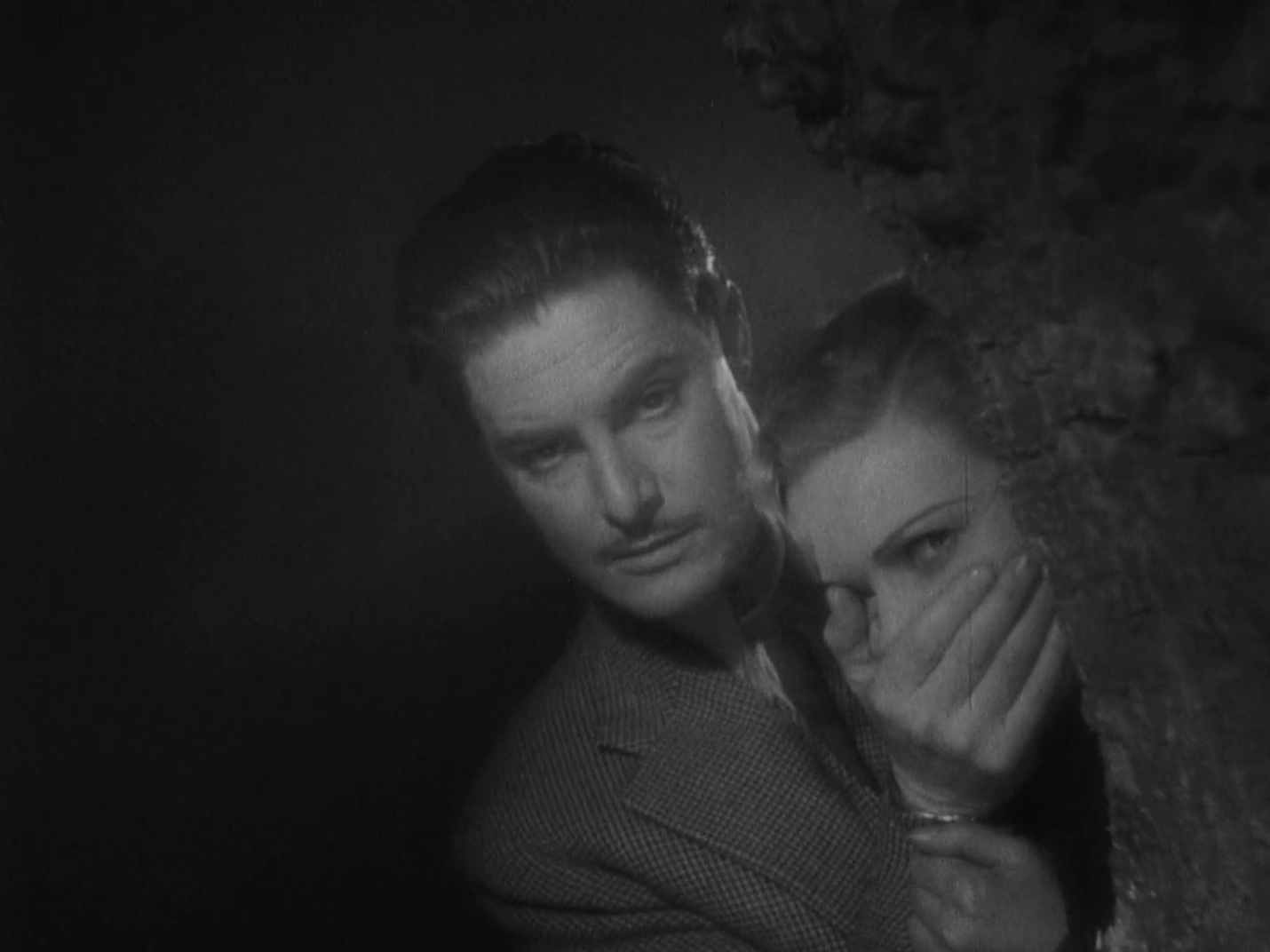
Richard Hannay is a Canadian visitor to London. He meets Annabella Smith, a counter-espionage agent who is running away from secret agents trying to assassinate her. Hannay tries to help by hiding her in his flat, but she is murdered during the night. Fearing that he could be accused of the murder, Hannay goes on the run to save himself and stop a spy ring that is trying to steal top-secret information.
EN
“As a young man Hitchcock's tastes, unsurprisingly, often involved reading spy adventures. A top author of the genre was John Buchan, who was a worthy recipient of an appellation often applied with tiring redundance, that of renaissance man. At a time when he was also expressing an interest in Edgar Allan Poe's stories and poetry, young Hitchcock read The Thirty-Nine Steps. Its focus on an international spy apparatus was typical of the time of publication, 1914, the World War I period. [...] "John Buchan had a big influence on me," Hitchcock said, "but more than that, I think that the attack on the whole of the subject matter is strictly English. Where sometimes one gets into difficulties with the American people is that they want everything spelled out; and they worry about content. I don't worry about content at all. The film can be about anything you like, so long as I'm making that audience react in a certain way to whatever I put on the screen. If you begin to worry about the details of what the papers are about that the spies are trying to steal, that's a lot of nonsense: I can't be bothered about what the papers are, what the spies are after. I often fall foul of critics who criticize content instead of technique. In that Hitchcock's career fell into two distinct areas, the earlier British phase and the American period commencing with his arrival in the United States in 1939, he noted in an interview with Huw Wheldon the distinctions separating the two bodies of work. "Well, as the French say, the early English period is quite different from the American period," Hitchcock observed. "There was much more spontaneity, I suppose, and more instinct at work in the English period, but more calculation in the American period. That is the main difference".”
William Hare1
“With Hitchcock such a frequently discussed figure in film circles, a word taken from an old Scottish story has become increasingly associated with him. The word "MacGuffin" is so closely associated with Hitchcock's mastery of the adventure thriller that it has been chosen as a name for a website devoted to serious researchers and students of his films. Hitchcock historian Steven DeRosa states, "Although popularized by Hitchcock, the term [MacGuffin] is credited to Angus MacPhail, chief story editor at Gaumont-British [and sometime writing collaborator], and was derived from an anecdote..."
The anecdote involves two men traveling by train from London to Scotland. One man notices a long, oddly wrapped parcel in the overhead storage compartment. His curiosity leads to a brief dialogue exchange that has etched its way into cinema annals.
"What have you there?" one man asks.
"Oh, that's a MacGuffin," his companion replies.
"What's a MacGuffin?"
"It's a device for trapping lions in the Scottish Highlands."
"But there aren't any lions in the Scottish Highlands.
"Well, then, I guess that's no MacGuffin."
Hitchcock used the story as a symbol. His wry humor adapted the word MacGuffin to mean a device used to propel an adventure story along. As Donald Spoto explains, "The point is that a MacGuffin is neither relevant, important, nor, finally, any of one's business. It simply gets the story going. In the case of The 39 Steps, the MacGuffin is a secret formula – the specifications for a line of fighter planes."”
William Hare2
“If you ever wondered where Richard Hannay got his change of clothes in between his escape from the train and his arrival at the Crofter's cottage, the following series of scenes cut from The 39 Steps will answer that question. The structure of Hitchcock's film is so clean and perfect, though, so while these scenes would have made an amusing transition, the director clearly saw that they were unnecessary.”Steven DeRosa3
- 1William Hare, Hitchcock and the Method of Suspense (North Carolina: McFarland & Company, Inc., Publishers: 2007).
- 2William Hare, "A Breakthrough Spy Adventure: The 39 Steps (1935)," in Hitchcock and the Method of Suspense (North Carolina: McFarland & Company, Inc., Publishers: 2007).
- 3Steven DeRosa, "Alfred Hitchcock's The 39 Steps (1935)," stevenderosa.com.

